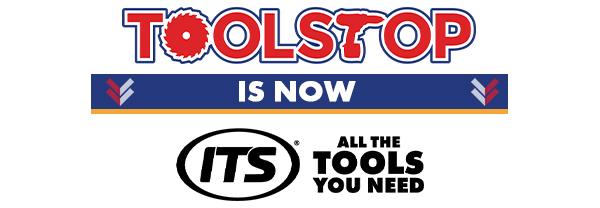Heat Guns
Our range of heat guns is ideal for removing old paint, shaping plastic pipes, or performing other heating tasks. Featuring adjustable temperatures, reliable heating, and top brands like Milwaukee and DeWalt, they’re built for professionals and DIY enthusiasts alike.
Who Uses Heat Guns?
Heat guns are indispensable for professionals and DIY enthusiasts across a variety of industries. Whether you’re stripping paint, shaping plastics, or loosening adhesives, heat guns provide a versatile and efficient solution.
- Decorators – Used for stripping old paint and lacquer from walls, furniture, and more.
- Electricians – Perfect for heat-shrinking cables and other electrical work.
- Plumbers – Ideal for bending and fitting plastic pipes securely.
- DIY Enthusiasts – Great for crafting projects or quick home repairs involving adhesives or coatings.
Heat Guns Are Great for Jobs Such As:
- Stripping paint – Evenly heat old paint layers for easy removal without damaging surfaces.
- Heat-shrinking cables – Simplify cable management with precise heat application.
- Bending plastic pipes – Heat plastic pipes to create custom bends without cracking or breaking.
- Loosening adhesives – Quickly remove labels, stickers, or other adhesives from surfaces.
- Drying surfaces – Speed up drying time for paints, varnishes, and other coatings.
How to Choose the Best Heat Gun
Selecting the right heat gun depends on your specific projects, from stripping paint to shaping plastics. To help you choose, here are the top features to consider and how they impact performance and usability.
1. Power Options
Corded Heat Guns: Deliver consistent and reliable power, ideal for long-duration tasks such as stripping paint or drying surfaces. However, they limit mobility due to the cord.
Cordless Heat Guns: Provide freedom of movement, making them perfect for outdoor or hard-to-reach projects. They rely on batteries, so ensure you have spares for extended tasks.
2. Temperature Control
Look for models with adjustable temperature settings to match the material you’re working with. High-temperature ranges (up to 600°C) are great for tough jobs like loosening adhesives, while lower settings are better for delicate tasks.
3. Airflow Settings
Variable airflow allows greater control over the intensity of heat application. Higher airflow is useful for large surface areas, while lower settings ensure precision for detail work or smaller tasks.
4. Ergonomics and Weight
Choose a heat gun with a lightweight and ergonomic design for comfortable use, especially for extended projects. Models with soft-grip handles reduce hand fatigue.
5. Safety Features
Heat guns with built-in safety features such as thermal cut-offs or cool-down modes prevent overheating and ensure safe operation. A stable base for hands-free use adds an extra layer of safety.
Popular Accessories for Heat Guns
Using the right accessories can help you get the most out of your heat gun. Whether you're stripping paint, shaping plastics, or applying heat shrink tubing, these accessories enhance performance and improve precision for a range of tasks.
1. Nozzle Attachments
Specialized nozzles like concentrators, deflectors, or wide-flare nozzles focus or diffuse heat as needed. They are perfect for tasks such as detailed work, even heat distribution, or targeted applications on specific areas.
2. Heat-resistant Gloves
Heat-resistant gloves provide essential safety by protecting your hands from high temperatures. Ideal for prolonged use, they ensure comfort and reduce the risk of burns when handling heated materials.
3. Scrapers and Putty Knives
Scrapers and putty knives help remove paint, lacquer, or adhesive residue with precision after softening them with the heat gun. Durable and ergonomic options make these tools indispensable for refinishing projects.
Frequently Asked Questions
What can a heat gun be used for?
Heat guns are versatile tools used for tasks such as stripping paint, softening adhesives, bending plastic, heat-shrinking tubing, and even thawing frozen pipes. They’re essential for various DIY and professional applications.
How do I choose the right heat gun temperature setting?
Choose a low temperature (50-200°C) for tasks like drying paint or thawing pipes. Medium (200-400°C) works for stripping paint or softening adhesives, while high (400°C+) is best for soldering or bending tough plastics. Always start low and adjust as needed.
Are heat guns safe to use?
Yes, heat guns are safe when used properly. Always point the nozzle away from yourself and flammable materials, and allow the tool to cool after use. Wear protective gloves and goggles for additional safety.
What is the difference between corded and cordless heat guns?
Corded heat guns provide consistent power and are ideal for extended use. Cordless models offer portability and flexibility, making them suitable for on-site or hard-to-reach tasks. Choose based on your mobility needs and usage duration.
Can I use a heat gun for removing stickers or decals?
Yes, a heat gun can soften adhesives under stickers or decals, making them easier to peel off without residue. Use a low heat setting and avoid overheating the surface to prevent damage.



